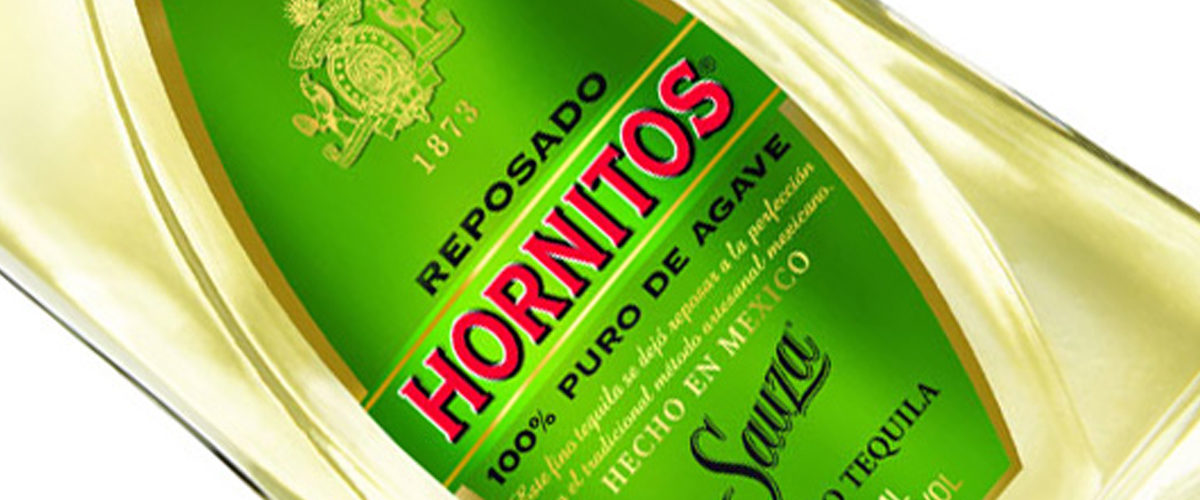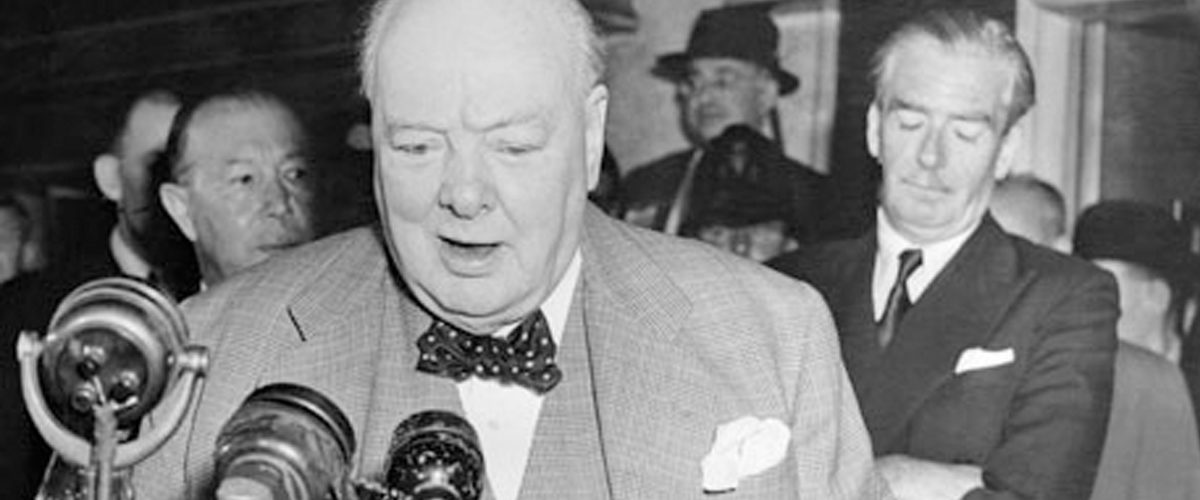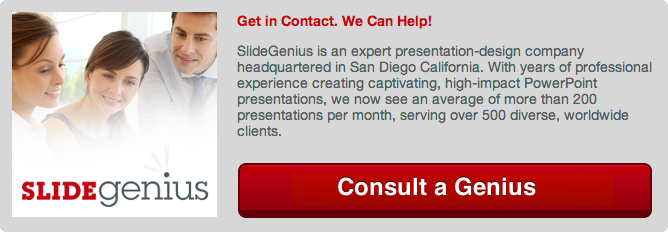
Sure it’s funny, but think if it wasn’t about tequila, and instead it was about your business. You obviously wouldn’t be laughing.
If you’re looking for a house to live in, would you choose one by saying this to your realtor, “It doesn’t matter, any house?”How about when finding a spouse? Or what about when your choosing a major in college?Any semi-rational person would not. Houses, spouses, and careers are all monumental aspects to someone’s life and because of that, people tend to weigh out the pros and cons thoroughly when it comes to any decision.Much like houses, spouses and careers are huge aspects to someone’s life, the way the world identifies with your company is one of the most crucial aspects to its success. When you are presenting yourself, or more importantly your company, to an audience of buyers, sellers, investors, or whoever, it is imperative to come off as a professional, valuable, and effective entity.
Impressions you give
Most people will judge whether or not they like you, dislike you, find you interesting or boring in a matter of minutes, sometimes even seconds. These minutes are what can lead to earning or losing new clients or sales. Knowing that your presentations have this much significance, a rational person wouldn’t say “It doesn’t matter, any presentation.” In fact, they would focus on making that presentation the best it could possibly be.This is where you bring in professional presentations designers, like SlideGenius. SlideGenius is headquartered in San Diego, California with over 500 Worldwide Clients. The “Geniuses” (presentation experts) see on average over 200 presentations per month and have years of professional experience creating captivating PowerPoint presentations for a wide variety of clients.
Bringing in Professionals
The Geniuses can update an existing presentation or build one from scratch, leveraging your brand. SlideGenius works with you to ensure that the message you want to get across to your audience is communicated as effectively as possible, while leaving your audience impressed with a polished, professional presentation. If you do not have a professionally designed PowerPoint Presentation you are undeniably leaving business on the table. Many sales people have reported an increase of up to 25-50% in closed sales simply by providing a highly visual presentation.When it comes to your business, don’t take just anything. Take the best, and be the best.Work Cited:Http://www.ispot.tv/ad/7tlp/hornitos-plata-tequila-any





